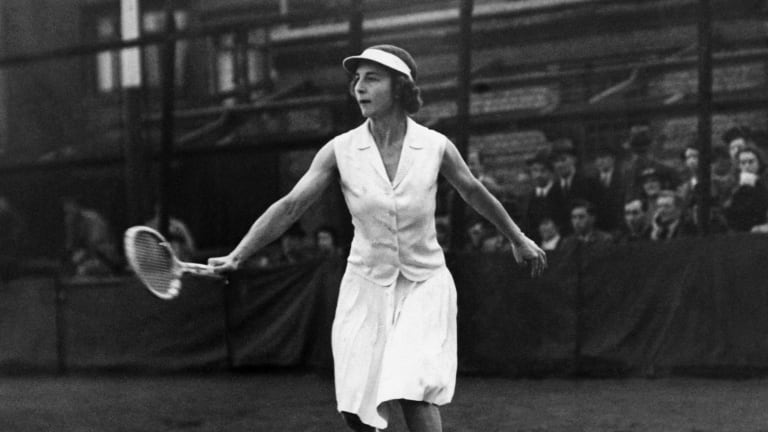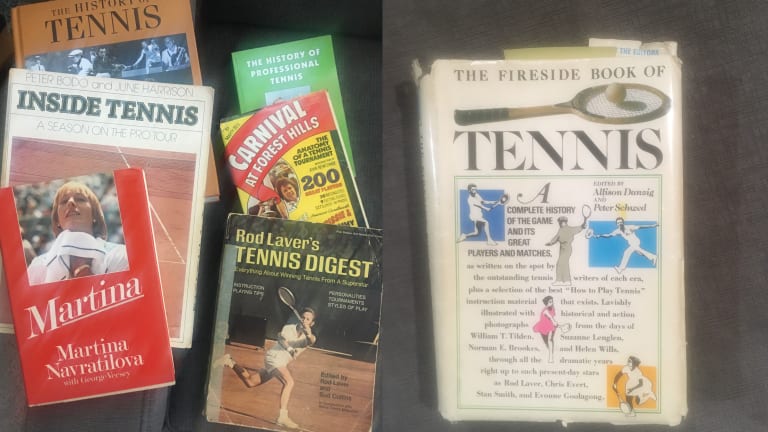International Tennis Hall Of Fame
A time travel odyssey: Fifty years as a tennis historian
By Jul 14, 2022International Tennis Hall Of Fame
International Tennis Hall of Fame launches “Be Legendary” youth program in Melbourne, Indian Wells and Miami
By Dec 05, 2024International Tennis Hall Of Fame
Maria Sharapova and the Bryan brothers are elected to the International Tennis Hall of Fame
By Oct 24, 2024International Tennis Hall Of Fame
Maria Sharapova’s election to the Hall of Fame may be polarizing, but it’s deserved
By Oct 24, 2024International Tennis Hall Of Fame
Maria Sharapova, Bob and Mike Bryan nominated for International Tennis Hall of Fame
By Sep 03, 2024International Tennis Hall Of Fame
Leander Paes: Doubles maestro, International Tennis Hall of Fame inductee
By Jul 19, 2024International Tennis Hall Of Fame
Richard Evans, veteran journalist, joins International Tennis Hall of Fame Class of 2024
By Jul 18, 2024International Tennis Hall Of Fame
Vijay Amritraj, 2024 International Tennis Hall of Fame inductee, is making tennis communal
By Jul 17, 2024International Tennis Hall Of Fame
New in 2025: Tennis Hall of Fame moves ceremony to August, Newport to host combined 125-level event in July
By Jul 17, 2024International Tennis Hall Of Fame
Leander Paes and Vijay Amritraj are the first Asian men elected to the Tennis Hall of Fame
By Dec 13, 2023International Tennis Hall Of Fame
A time travel odyssey: Fifty years as a tennis historian
It’s a joy to commune so much with our sport’s rich history; back and forth, forward and back, again and again and again.
Published Jul 14, 2022
Advertising
Advertising

Helen Willis Moody was an all-timer, but in the 1926 "Match of the Century," she "met a baptism of fire which was strange and new to her," wrote James Thurber.
© AFP via Getty Images
Advertising

Some of the author's many tennis books of reference.